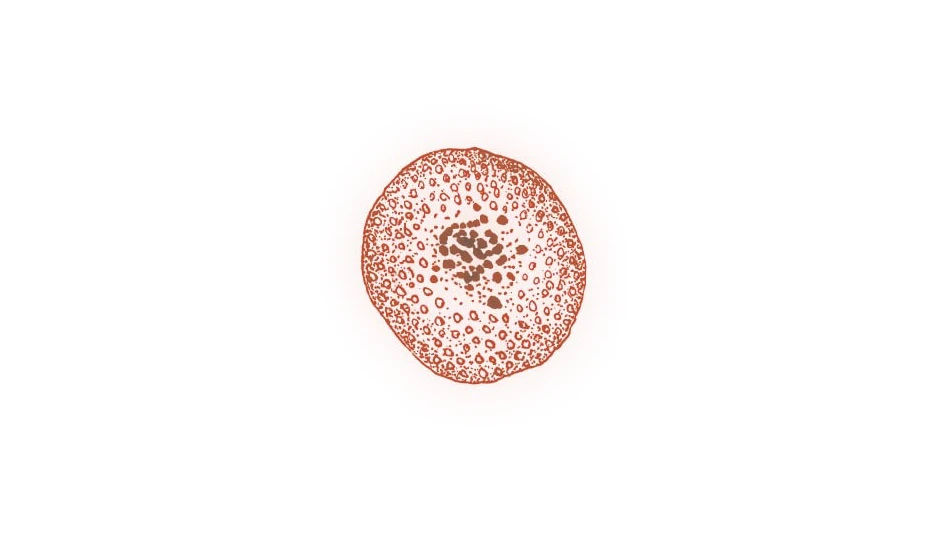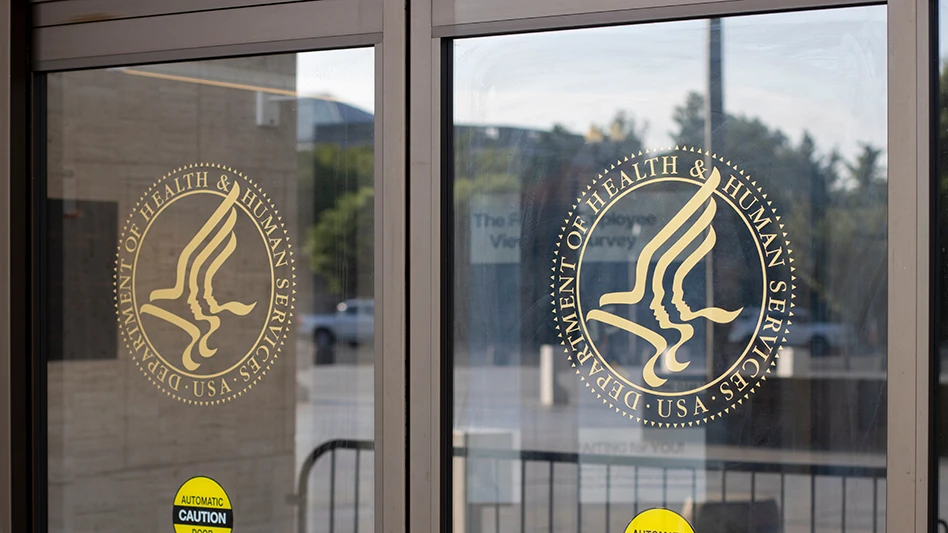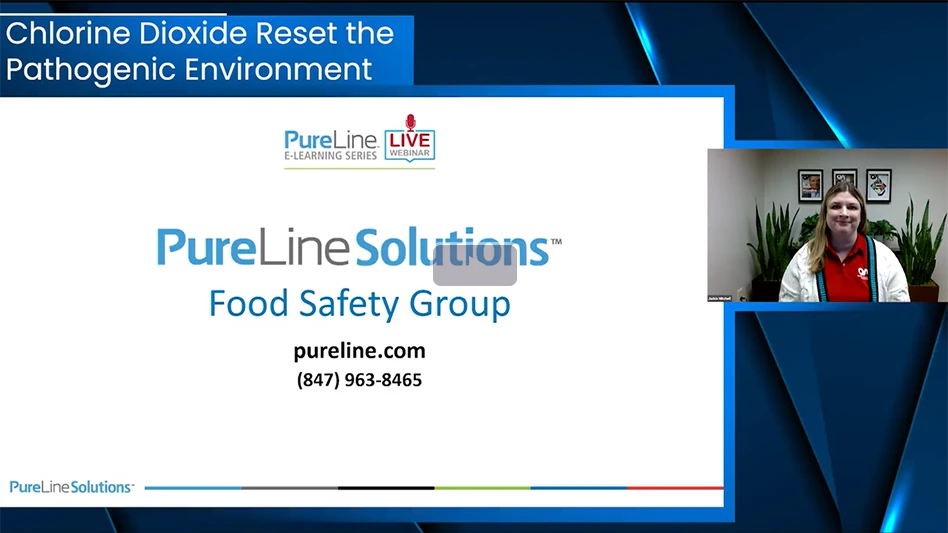
Morphart | AdobeStock
WASHINGTON, D.C. — Following a robust conversation at a public meeting in May, the National Advisory Committee on Microbiological Criteria for Foods (NACMCF) released a report titled “Response to questions posed by the Food and Drug Administration (FDA): Cyclospora cayetanensis in Produce.”
The committee worked for two years to interview experts and collect a wide range of data from experts, published literature, reports and other sources.
Here are four major takeaways for the produce industry:
- Based on the research from the committee, the current testing procedures in place do not adequately differentiate between the species of Cyclospora that causes illness in humans from others, referencing reports indicating 90% false-positive rates of methodologies underlying some common tests. To manage this parasite and risks associated with it, it is imperative that there is a reliable and replicable testing procedure to identify Cyclospora in the environmental samples and in foods.
- The pathogen C. cayetanesis appears to be resistant to common chemical interventions, and it is therefore recommended that antimicrobial or chemicals should be evaluated. This is an area of potential innovation for the industry.
- The report also highlights the need for a risk-based (rather than hazard-based) approach to managing this parasite.
- Cyclospora is only carried by humans, and individuals with the recent history of travel to areas where Cyclospora is highly prevalent are likely the main source of contamination with the parasite along the entire production-processing-food service/retail continuum. Therefore, it is important to ensure that workers are well trained in appropriate hygienic practices and that necessary equipment and infrastructure is on site to manage any potential contamination into farm water sources. This includes well-managed toilet facilities, gloves, aprons, etc. Public health aspects of managing Cyclospora cannot be overlooked.
“Humans are the only known reservoir for Cyclospora cayetanensis and an essential host for the lifecycle of this protozoan parasite, but there is so much that we still do not understand about the organism,” said Natalie Dyenson, International Fresh Produce Association (IFPA) chief food safety officer. “The produce industry, through organizations like Center for Produce Safety, have been funding research over the past six years, but to fill these knowledge gaps, public health agencies must engage and provide federal funding to support these efforts. Treating this organism as a public health concern by early identification and treatment of human cases in communities where the parasite is endemic to disrupt the life cycle of the parasite is already being used effectively in countries outside of the U.S. where Cyclospora is endemic.”
IFPA’s Dr. Max Teplitski chaired the Cyclospora subcommittee of NACMCF. The subcommittee also included representatives from Western Growers Association and Organic Trade Association, as well as academic, industry and federal scientists. The committee was tasked with 16 questions from the FDA that specifically focused on better understanding Cyclospora and the science that exists — and does not yet exist — to identify it in our food system.
“While it was not our intent to investigate the testing methods in detail, it became clear through our research and expert testimonies that so much is unknown about Cyclospora because we don’t have the reliable means to identify it in our food system,” said Teplitski. “The produce industry is committed to being the best partner with our regulatory bodies to use the science available to us to improve our ability to keep our consumers safe. We look forward to continuing to work with the FDA to apply this newfound science on our industry practices and standards.”
Teplitski also noted the importance of addressing Cyclospora as a public health threat, using systems thinking and risk-based approaches are important conclusions from the committee’s work.
“As an industry, we’re committed to following the best available science to guide decisions and strategies to ensure that produce is as safe as possible,” said Teplitski. “The best science guided this committee, and what we found is that there is a need to develop better and more reliable detection tools so that our industry can be the best support to the FDA as we both work towards enhancing the safety of our products. I commend the USDA and FDA for making such a commitment to improving the science by the creation of this committee.”
Latest from Quality Assurance & Food Safety
- Kim Heiman Elected to Second Term as President of Wisconsin Cheese Makers Association
- FAO Launches $150 Million Plan to Restore Ukrainian Agricultural Production
- Pet Food Company Implements Weavix Radio System for Manufacturing Communication
- Penn State Offers Short Course on Food Safety and Sanitation for Manufacturers
- USDA Announces New Presidential Appointments
- FDA to Phase Out Petroleum-Based Synthetic Dyes in Food
- IFT DC Section to Host Food Policy Event Featuring FDA, USDA Leaders
- CSQ Invites Public Comments on Improved Cannabis Safety, Quality Standards





